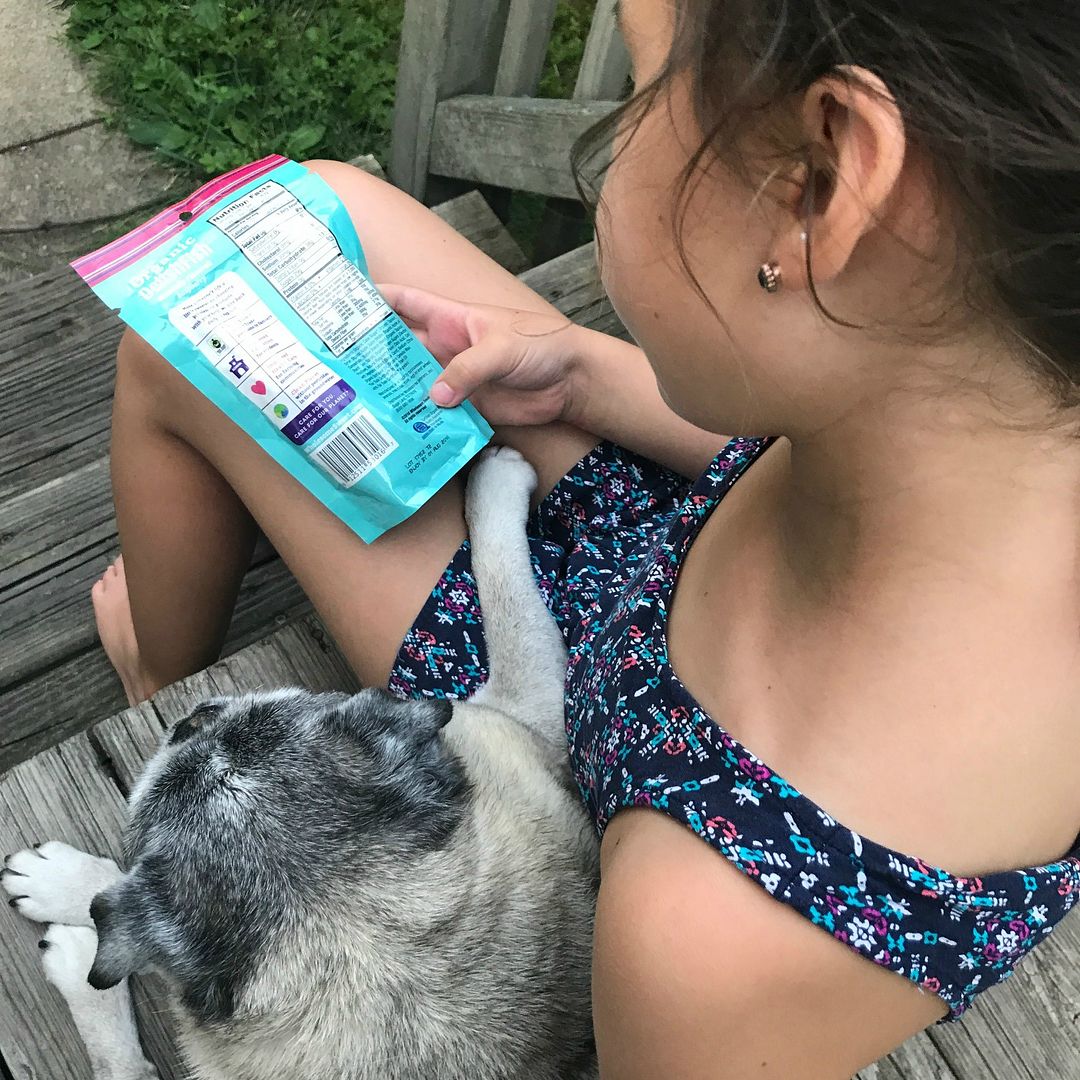When it comes to treats and candy for our kids, we’ve always take a pretty common sense “everything in moderation” approach around here. Hey, we love candy! What’s a trip to the movie theater, a birthday party, or a special occasion lunchbox treat without some sweet stuff?
We’re also fans of the 80/20 rule that a lot of families practice — eat well 80% of the time, and you can enjoy treats without guilt the other 20%.
But even when it comes to candy, we still want to make the best choices we can for our families. And ourselves.
That’s why we’re so pleased to be working with our newest sponsor, Wholesome, makers of DelishFish, a new line of organic candy from the well-loved sweetener brand Wholesome. They understand that parents really do care about what goes into the foods our kids eat, including candy and special treats.
– Don’t miss a free money-saving coupon below! –

We like that organic DelishFish are vegan, kosher, and gluten free, fair trade certified, and completely 100% free of synthetic colors. That’s an issue that has really become top of mind lately, with so much news about kids and artificial food dye sensitivity. Especially considering how prevalent it is in all the foods we eat.
Fortunately, with a little knowledge (and maybe a crib sheet!) artificial dyes can be a lot easier to keep out of your home if you’re interested.
3 artificial colors and synthetic food dyes to avoid:
Not surprisingly, there are countries that have banned or significantly regulated a number of artificial food dyes that are still widely available in the US — a fact that definitely makes us raise an eyebrow or two.
If you’d like to err on the side of caution and avoid these specific food dyes, we’ve put together the top three so we can all make more informed decisions about what our kids are eating, whether for meals or those snacks in between.

1. FD&C Yellow #6 In the UK, it’s called Sunset Yellow FCF or E110. It’s petroleum-derived, which does not inspire much confidence. Ugh.
2. FD&C Red 40 This is a hugely popular red dye, and is found in tons of US food products. (But not DelishFish, ahem). You may also see it listed as Allura Red, Food Red 17 C.I., and E129. Interestingly, it was banned in countries including Denmark, Belgium, France, Switzerland and Sweden at one time, but since the EU allows it in food products, it’s now removed on a voluntary basis by food manufacturers.
3. FD&C Yellow 5 When you see the generic ingredient “color,” this artificial azo dye is typically what is being described. You can also find it listed on labels as Tartrazine, CI 19149, Acid Yellow 23, Food Yellow 4, and E102. Of all the azo based food dyes, this is the one that some UK studies have determined causes the most intolerant and allergic reactions.
The fourth thing to keep an eye out for: Any ingredient label that states, “color added.”
There’s no requirement for the brand to state specifically that it’s artificial or synthetic food color, which to us, seems like a tricky way of making consumers think that the “color” might be natural when it’s not.
———-
Special Offer:
Save $1 off any Wholesome brand candy with this instant download coupon.

Thanks so much to our sponsor Wholesome for allowing us to share this info with our readers, and for making the absolutely delish (really!) treats like DelishFish that we can feel better about as parents.



